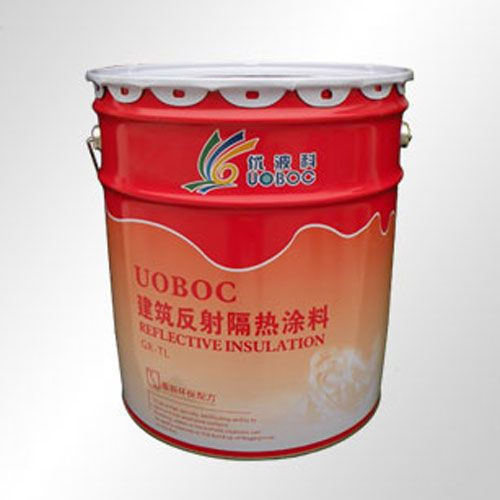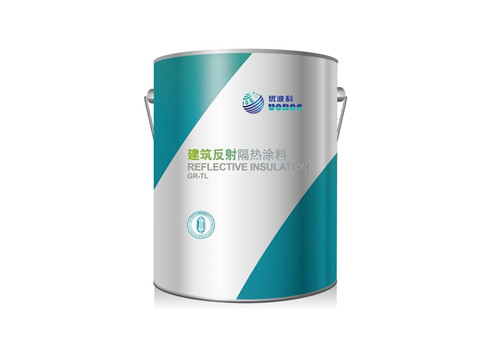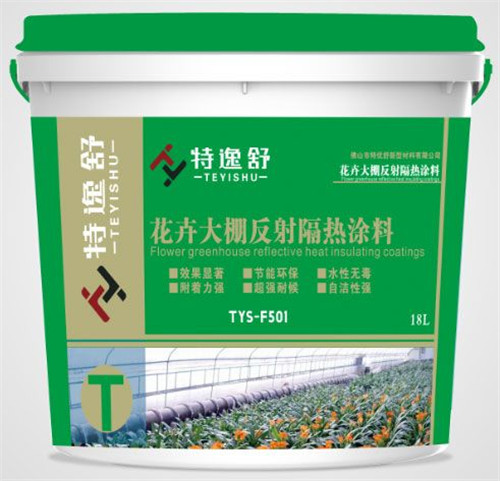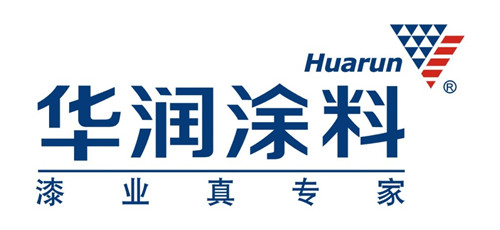What are the characteristics of reflective insulation coatings
When decorating the exterior of the building, you need to consider the problems of heat insulation and heat resistance. For example, if you are exposed to violent sunlight for a long time in summer, the temperature inside the building will become very good, and reflective insulation paint can avoid Such a situation. So, what are the characteristics of reflective insulation coating ? What brand does it have? The following editor will take you to understand. What are the characteristics of reflective insulation coatings 1. What are the characteristics of reflective insulation coatings-insulation Reflective heat-insulating coatings contain heat-reflecting pigments, which can reflect the heat in sunlight, and can also reflect infrared radiation and solar radiation, so its reflected heat effect will be better than other thermal insulation materials. 2. What are the characteristics of reflective insulation coatings-wide range of application Reflective thermal insulation coating is different from other thermal insulation materials. It has a wide range of applications and will not be limited by the weight and volume of objects, so its applicability will be stronger. 3. What are the characteristics of reflective insulation coatings-moisture-proof Reflective insulation coatings are applied on the external wall, and will be affected by moisture and moisture. However, this kind of paint has a very good waterproof and moisture-proof effect, it can prevent the condensation of moisture on the surface layer, and its thermal insulation ability will not decline in a humid environment. Reflective insulation coating brand recommendation 1. Reflex heat insulation coating brand recommendation-Dulux Dulux is a well-known brand of architectural decorative paints in the world. The products of this brand are exported to hundreds of countries at home and abroad. With excellent quality, sales volume occupies the forefront of the global market. 2. Recommended brand of reflective insulation coating-Master paint The well-known architectural paint brand of Master Paint is a large-scale enterprise integrating product research, production and sales. It is also a top brand in China's architectural paint industry. The brand's products have always maintained a leading position in the industry and are owned by many users Preferred brand. 3. Recommended brand of reflective insulation coating-China Resources China Resources is originated from the Valspar Group in the United States. It mainly produces architectural decorative coatings, high-tech process coatings and waterborne coatings. The brand is one of the most influential companies in the Chinese market. Article Summary: What about reflective insulation coating characteristics and reflective insulation paint brand recommended Xiao Bian introduced here, and we want to help. Remind everyone that the price difference of different types of reflective insulation coatings will be relatively large, and the prices of coatings of well-known brands will definitely be higher. What, the decoration still uses his own money? ! The Qi family is decorated in installments, with an ultra-low annual interest rate of 3.55% and a maximum loan of 1 million. Apply now to enjoy the discount If you are interested in brand cooperation, content cooperation, and advertising of this website, please send an email to :.
Lignosulfonates, or sulfonated lignin are water-soluble anionic polyelectrolyte polymers: they are byproducts from the production of wood pulp using sulfite pulping. Most delignification in sulfite pulping involves acidic cleavage of ether bonds, which connect many of the constituents of lignin.
Lignosulfonate Lignosulfonate Be Deflocculant,Calcium Lignosulfonate Additives,Calcium Lignosulfonate,Sodium Lignosulfonate Powder Shenyang East Chemical Science-Tech Co., Ltd. , https://www.eastchemy.com


